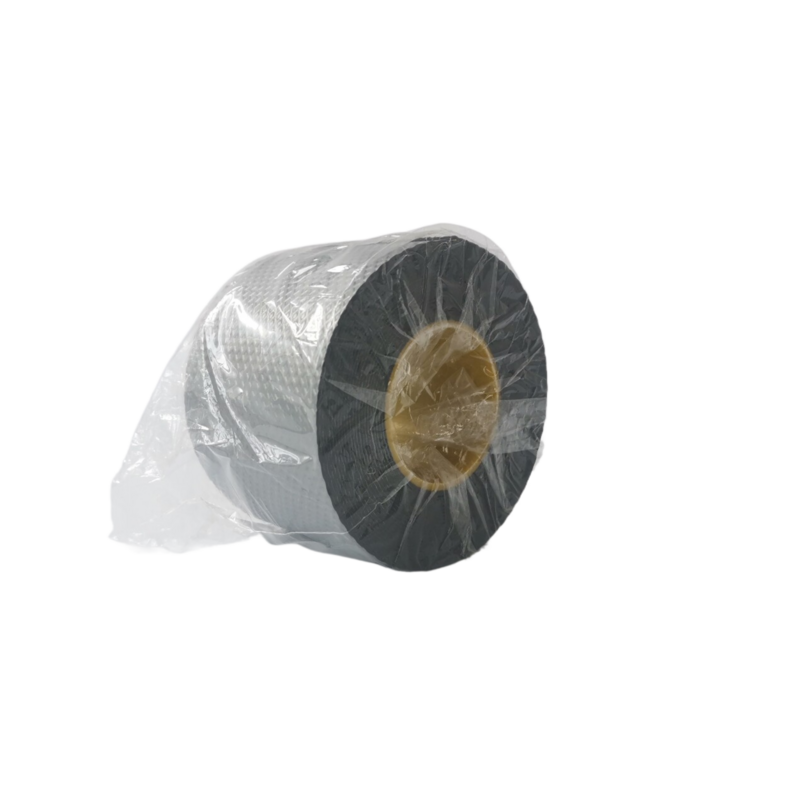Butyl rubber waterproofing is a popular method used to protect various surfaces from water damage. This type of waterproofing involves the application of a special butyl rubber compound that creates a durable and impermeable barrier against moisture. Whether used in construction projects, industrial applications, or even in residential settings, butyl rubber waterproofing offers a reliable solution for preventing water intrusion and preserving the integrity of buildings and structures.
The unique properties of butyl rubber make it an ideal material for waterproofing applications. Butyl rubber is known for its excellent resistance to water, chemicals, and UV rays, making it highly durable and long-lasting. It also has a high level of elasticity, allowing it to flex and move with the underlying surface without losing its waterproofing capabilities. This flexibility ensures that butyl rubber waterproofing remains effective even in changing weather conditions or structural movement.
One of the key benefits of butyl rubber waterproofing is its ease of application. The butyl rubber compound can be easily applied to various surfaces, including concrete, metal, wood, and even roofing materials. It can be sprayed, brushed, or rolled onto the surface, creating a seamless and uniform barrier against water infiltration. This simplicity of application makes butyl rubber waterproofing a cost-effective and efficient solution for protecting a wide range of surfaces from water damage.
butyl rubber waterproofing

Butyl rubber waterproofing is also highly versatile and can be used in a variety of applications. In construction projects, it is commonly used to seal joints, seams, and penetrations in buildings, ensuring that water cannot seep through and cause damage. In industrial settings, butyl rubber waterproofing can be applied to storage tanks, pipelines, and other structures to prevent corrosion and deterioration. In residential buildings, butyl rubber waterproofing can be used to protect basements, roofs, and balconies from water infiltration, extending the lifespan of the building and reducing maintenance costs.
Another advantage of butyl rubber waterproofing is its environmental friendliness. The butyl rubber compound is non-toxic and VOC-free, making it safe for both the environment and the people applying it. It also has a long service life, reducing the need for frequent reapplications and minimizing waste. These eco-friendly characteristics make butyl rubber waterproofing a sustainable choice for waterproofing projects.
In conclusion, butyl rubber waterproofing is a reliable, durable, and versatile solution for protecting surfaces from water damage. Its unique properties, ease of application, and environmental friendliness make it a popular choice for a wide range of applications, from construction projects to industrial settings to residential buildings. Whether used to seal joints, protect structures, or prevent corrosion, butyl rubber waterproofing offers effective and long-lasting waterproofing protection for any surface.
-
XIANGFAN Rubber Tape-Ultimate Solutions for All Your Insulation NeedsNewsJun.24,2025
-
XIANGFAN Rubber Tape-Protection for Industrial and Residential ApplicationsNewsJun.24,2025
-
XIANGFAN Rubber Tape: Superior Safety and Sealing for Demanding EnvironmentsNewsJun.24,2025
-
XIANGFAN Rubber Tape: Reliable Solutions for Every Electrical ChallengeNewsJun.24,2025
-
XIANGFAN Electrical & Industrial Tape: Powering Reliability Across IndustriesNewsJun.24,2025
-
XIANGFAN Electrical & Industrial Tape: Excellence in Every ApplicationNewsJun.24,2025
